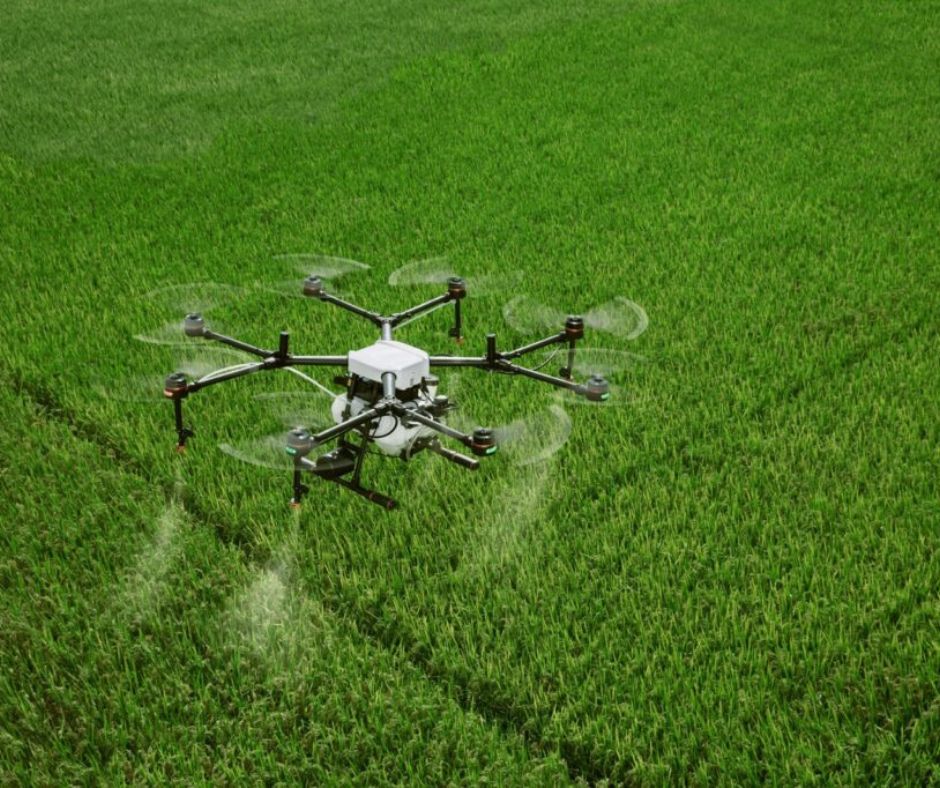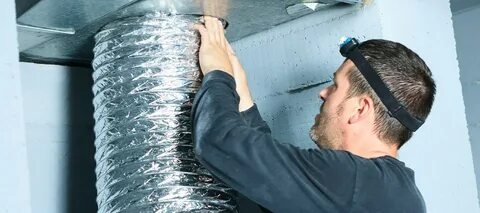Farming today isn’t just about tractors and long hours under the sun. Technology has jumped right into the field—literally. And drones? They’re leading the charge. If you’ve ever caught yourself Googling “drone videography near me in Bella Vista”, you probably already sense how powerful a bird’s-eye view can be.
But let’s cut the hype. What do drones actually do for farmers? More importantly, what can they see that you can’t? After spending time with folks using drone services in agriculture, here are five problems drones catch early—before they grow into major headaches.
1. Early Signs of Crop Stress
It’s one thing to notice the tomato plant in your backyard looking a bit pale. Now imagine scanning 200 acres the same way—no chance. Drones solve this.
Using multispectral cameras, drones detect stress signals plants give off before we’d ever notice them. Leaves might look fine to us, but the drone picks up subtle color differences and patterns. Maybe it’s a nutrient deficiency, maybe an early disease. Either way, the farmer knows faster, and that usually means cheaper fixes.
A grower I spoke with once compared it to “catching a cold before it turns into pneumonia.” That’s really it. And yes, that’s why searches like drone photography near me in Bella Vista are climbing—because nobody wants to find problems when it’s too late.
2. Irrigation Troubles
Water is a tricky beast. Too little and crops dry up, too much and roots drown. Most irrigation issues don’t scream for attention right away—they just quietly chip away at yield.
Here’s where drones earn their keep. A quick flight can show patchy areas where water isn’t reaching, or worse, spots where it’s pooling. From the ground? You’d never notice until damage is done.
Think of it like checking the oil in your car. Skip it long enough, and the engine tells you in the worst possible way. Drones give farmers that early nudge: hey, your water system needs a look.
3. Pest Infestations
Pests are sneaky. They don’t wait for you to find them; they set up camp fast. By the time you’re seeing chewed leaves or weakened stems, you’re already behind.
Drones cut that delay. They scan large areas quickly, spotting irregular crop growth, thinning, or strange color shifts that suggest pests are working behind the scenes. Instead of spraying an entire field “just in case,” farmers can target the exact areas that need it. Less chemical use, healthier crops, and less money wasted.
It’s like having a watchdog in the sky—except quieter.
4. Weed Spread
Weeds don’t politely pop up in neat rows. They sneak in wherever they please and compete with your crops for every bit of nutrient and water.
From the ground, you might see a patch here and there. But drones? They show the entire spread. High-resolution aerial images reveal exactly where weeds are encroaching. That means quicker responses and, over time, better prevention.
One farmer described drones as “catching weeds red-handed.” That made me laugh, but it’s true. Instead of guessing where they’ll pop up, you know where they are.
5. Harvest Timing and Yield Estimates
Timing is everything at harvest. Pull crops too early, and you lose weight. Wait too long, and quality slips. Farmers used to rely on samples from a few sections of their fields, but that’s like judging an entire cake by nibbling one crumb.
Drones provide a fuller picture. They track growth and maturity across the whole farm, offering insight into yield estimates and the best time to harvest. It’s not magic—it’s simply better data. And that kind of information helps plan labor, equipment use, and even sales strategy.
Why Bella Vista Farmers Are Looking Up
Here’s the thing: Bella Vista isn’t exactly flat, easy land. Some spots are tricky to walk, others just eat up too much time to scout properly. That’s why the demand for drone videography near me in Bella Vista is growing. Local drone pilots know the lay of the land, and they’re bringing real value to agriculture here.
And let’s not confuse this with hobbyists flying for fun. A professional offering drone photography near me in Bella Vista brings actionable data, not just pretty aerial shots. Farmers don’t need Instagram content—they need answers about what’s happening in their fields.
Wrapping It Up
Farming has always been about time, intuition and hard work. The drones do not replace it – they only add a layer of intelligence that saves time, wealth and stress. Whether it is relieving the early crop stress, exposing irrigation problems, identifying pests, monitors weed growth, or fine tuning crop time, drones gives farmers to farmers who need the most: clarity. So the next time you are staring in your area, wondering what you are missing there, maybe ask yourself: “Will a scene from above not help me sleep a little better at night?” If the answer is yes, well – you know what to type in Google.

